Throughout history, artisans have crafted unique and intricate items that reflect their cultural heritage and skills passed down through generations. These traditional crafts not only serve functional purposes but also embody the artistry and identity of their creators. However, in today’s fast-paced, industrialized world, many of these are at risk of being forgotten. The combination of mass production, changing lifestyles, and the shift toward modern materials has led to a steep decline in the number of skilled artisans. This article explores several endangered artisan traditions and the efforts being made to keep them alive.
Coppersmithing
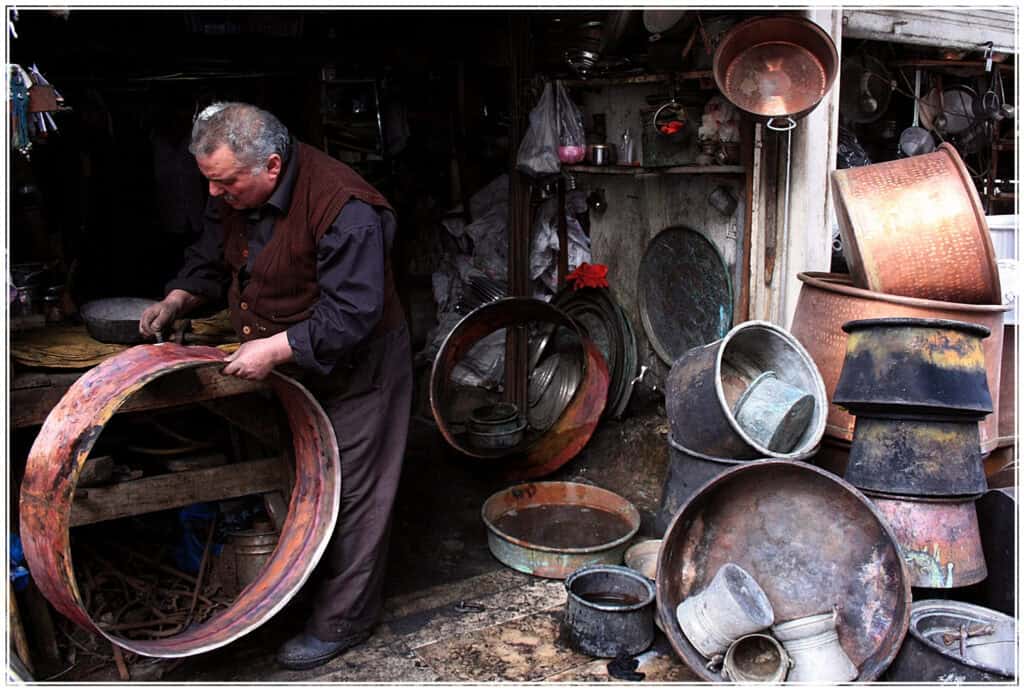
Coppersmithing, one of the oldest metalworking crafts, dates back to ancient civilizations, with origins rooted in Mesopotamia around 5000 BC. This artisan skill involves shaping copper into functional and decorative items using techniques like hammering, engraving, and annealing. Over centuries, it has been used to create everything from cookware to sculptures, prized for its versatility and beauty. However, with the rise of industrial production and cheaper materials, traditional coppersmithing has seen a steep decline. The few remaining practitioners often operate in small workshops, producing bespoke, high-quality items for niche markets.
Inuit Soapstone Carving

Inuit soapstone carving, originating in the Canadian Arctic, is a traditional craft passed down through generations of Inuit people. This art form uses locally sourced soapstone to create sculptures that often depict animals and spirits, deeply reflecting the carver’s connection to nature and Inuit mythology. The delicate carvings are known for their expressiveness and detail, a skill learned within families over time. However, with the isolation of Inuit communities and the advent of modern materials, this craft is increasingly rare. Today, it not only serves as a cultural expression but also as a source of income for Inuit artisans.
Peruvian Weaving

Weaving in Peru dates back over 5,000 years, with artisans using alpaca, llama, and sheep wool to create vibrant textiles. Each region of the Andean highlands has its own distinct weaving patterns, often reflecting ancient symbols and stories. The process involves spinning, dyeing, and intricate weaving, and the textiles are not just practical but also an important cultural artifact. However, modernization and the availability of mass-produced textiles have led to a decline in this ancient practice. While weaving is still taught in some communities, fewer young people are continuing the tradition.
Ukrainian Pysanka Egg Decorating
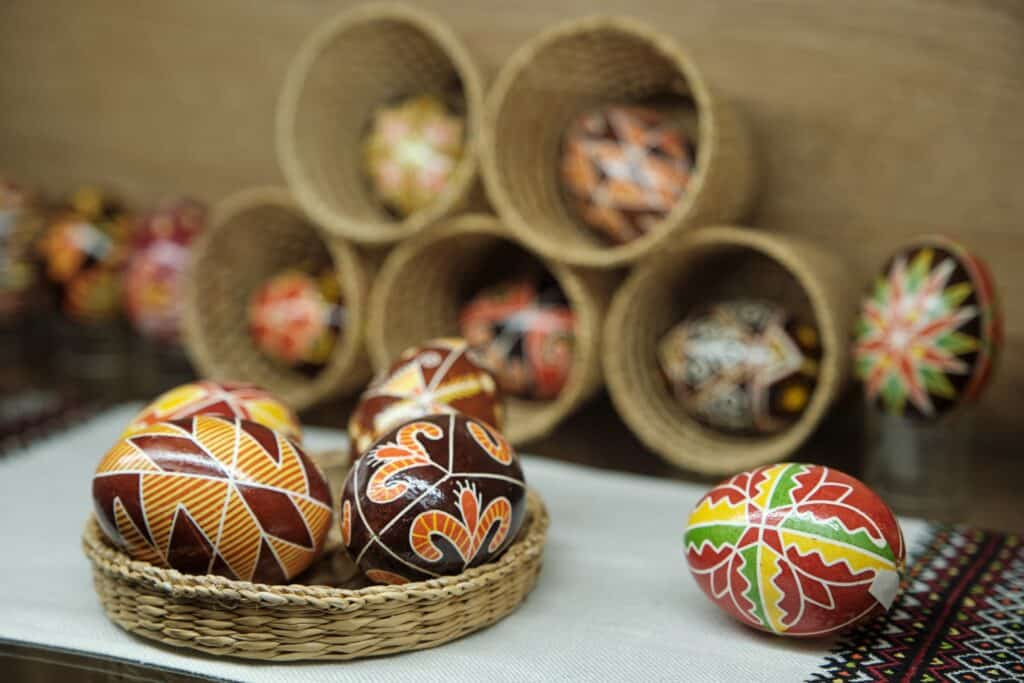
The Ukrainian craft of pysanka, or egg decorating, involves a wax-resist dyeing method to create intricate, symbolic patterns on eggs. This tradition dates back to pre-Christian times but became widely associated with Easter. Each pysanka holds specific meanings, using motifs such as animals, flowers, and geometric shapes that symbolize prosperity, health, and protection. Although this tradition is still celebrated, it has been threatened by both political instability and the shift to mass-produced holiday goods. Preservation is particularly important in diaspora communities, where pysanka serves as a link to Ukrainian cultural heritage.
Turkish Marbling (Ebru)
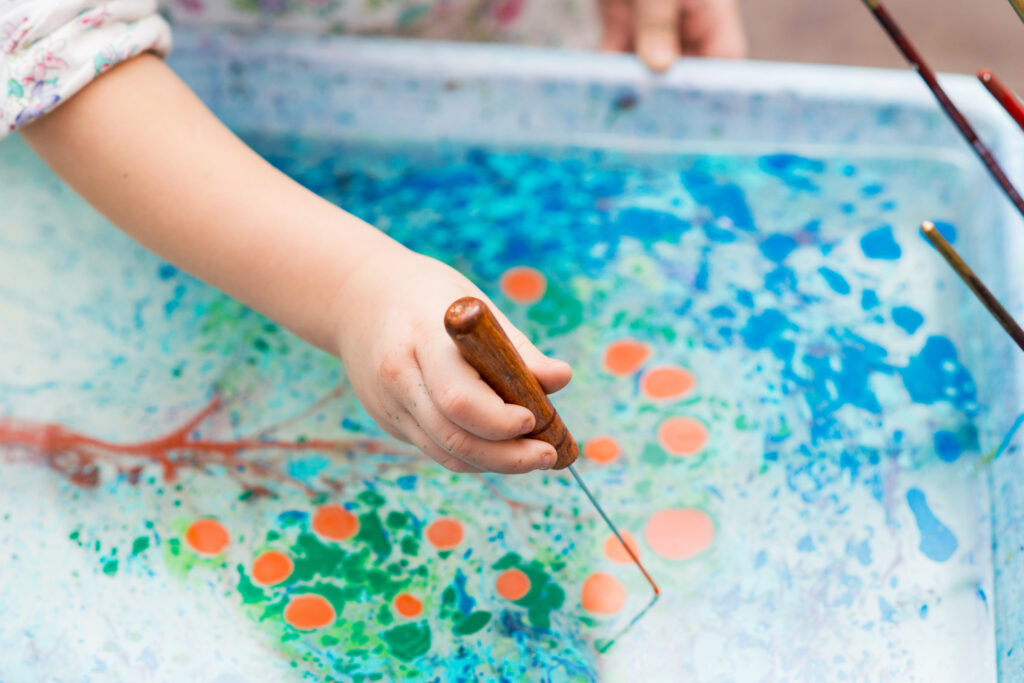
Ebru, or Turkish marbling, has been practiced since the Ottoman Empire and involves floating colorful pigments on water to create unique, swirling designs that are then transferred onto paper. Each piece is a one-of-a-kind expression of the artisan’s skill, with marbled papers traditionally used in bookbinding and as decorative art. However, the complexity of the craft, combined with the rise of digital design and mass-produced art, has led to a decline in practitioners. Efforts to keep ebru alive involve workshops and cultural programs in Turkey and beyond. As marbled papers often feature in Islamic art, the practice is also a way to preserve the spiritual heritage connected to the craft.
Hawaiian Kapa Making
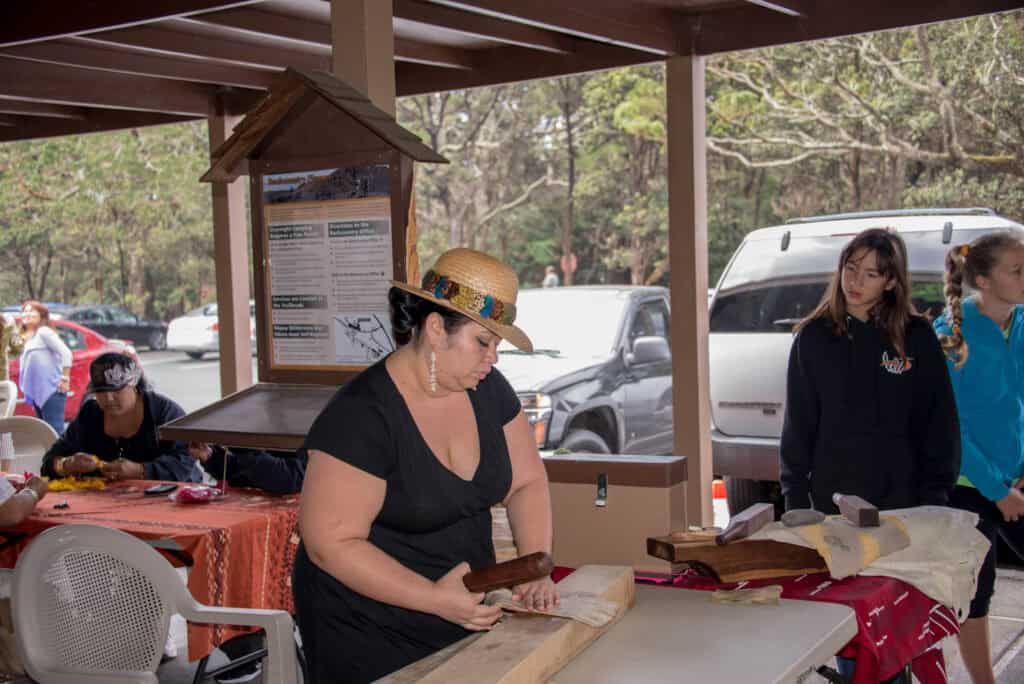
Kapa making is a centuries-old Hawaiian tradition of making cloth from the bark of the wauke tree, a skill brought to Hawaii by Polynesian settlers. The process involves beating the bark into thin sheets, which are then dyed and decorated with natural pigments in intricate patterns. Historically, it was used for clothing, bedding, and ceremonial purposes. However, the craft has nearly disappeared due to Western colonization and the introduction of cheaper fabrics. Today, it is being revived as part of a broader movement to restore native Hawaiian cultural practices.
Swedish Dala Horse Carving
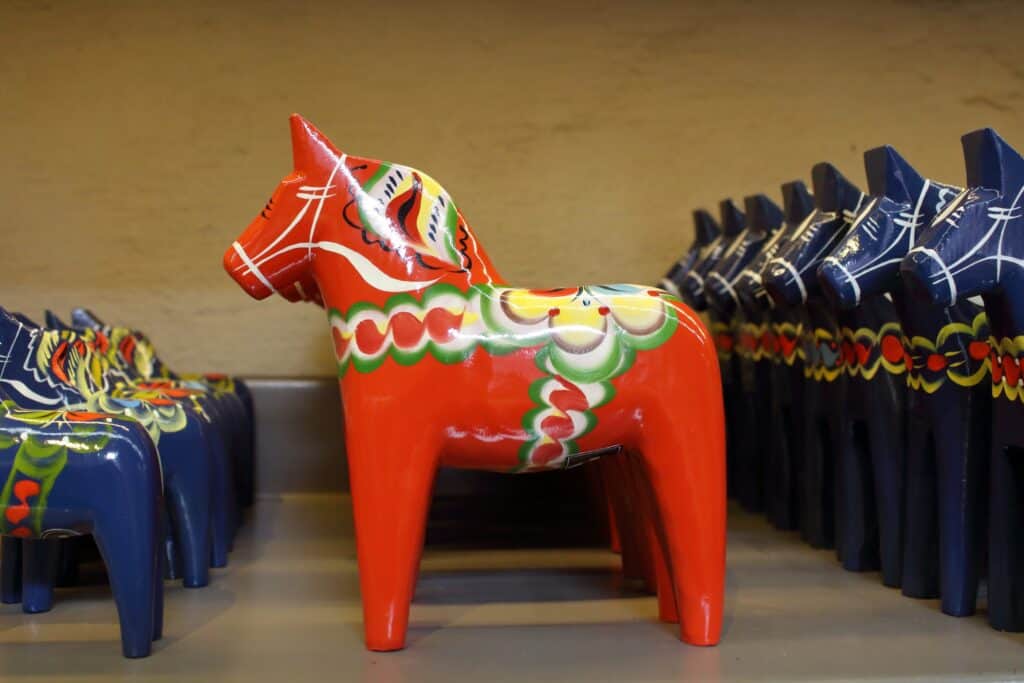
Dala horse carving, originating from the Dalarna region of Sweden, is a folk craft that dates back to the 17th century. Artisans carve these small, colorful horses from pine wood, traditionally painted with floral motifs in bright colors. Originally, these were toys for children but have since become a symbol of Swedish culture and craftsmanship. The number of artisans practicing this craft has dwindled as industrial toys replaced handcrafted ones, but it remains a beloved national symbol.
Russian Matryoshka Doll Painting
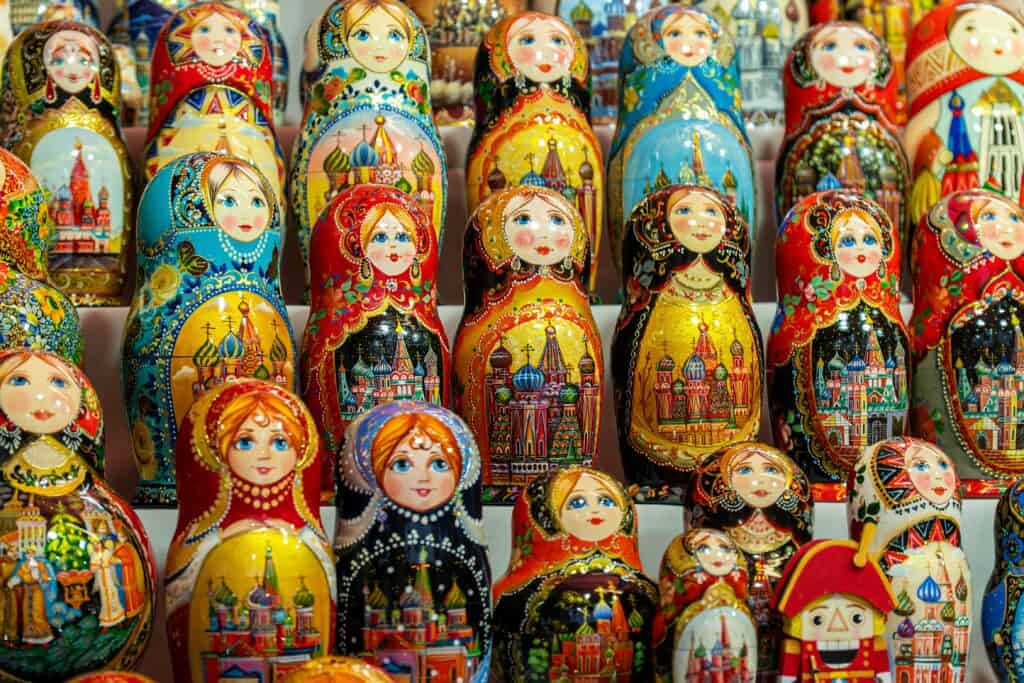
Matryoshka, or Russian nesting dolls, were first crafted in the late 19th century and quickly became a symbol of Russian folk art. These wooden dolls, which fit inside one another, are hand-painted with intricate designs that often depict Russian women in traditional costumes. While they have remained popular, mass production and commercialization have reduced the number of skilled artisans making them by hand. Original, handcrafted dolls are now rare, and efforts to preserve this traditional craft focus on maintaining the precision and cultural storytelling that the dolls represent.
Balinese Wood Carving
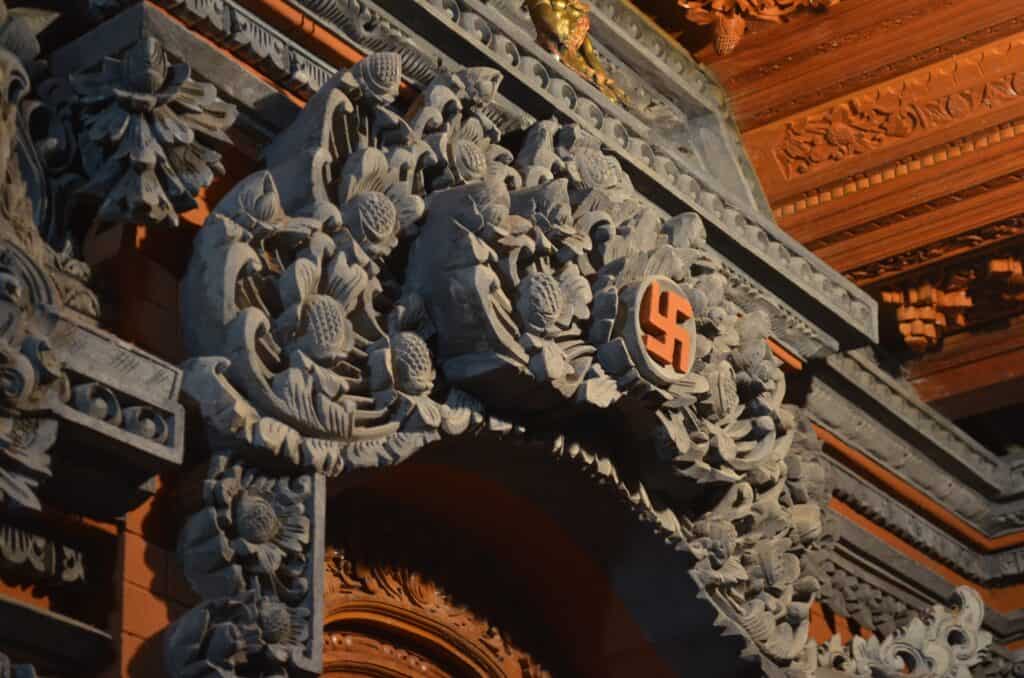
Balinese wood carving is a traditional art form in Indonesia, where artisans create intricate statues, masks, and panels, often depicting deities and mythological scenes. This craft has deep spiritual roots in Bali, as many carvings are used in religious rituals. Carving techniques are passed down through generations, often requiring years to master. However, with the rise of mass-produced souvenirs for tourists, authentic Balinese wood carving is in danger of being overshadowed. Some artisans and cultural organizations are working to keep this craft alive by focusing on its spiritual and cultural importance.
Native American Beadwork
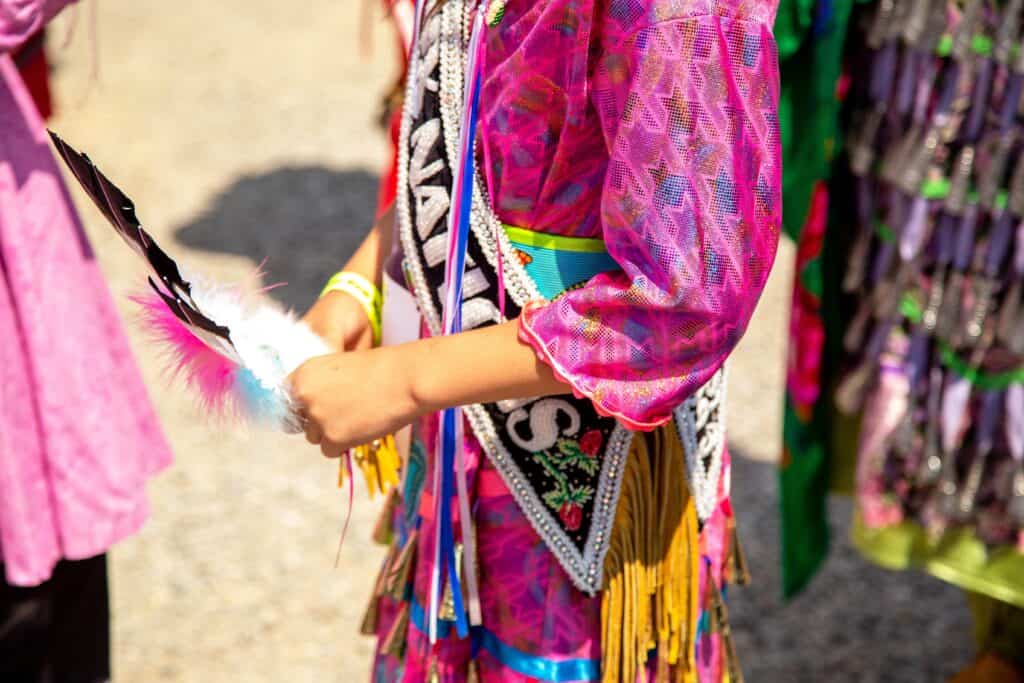
Beadwork has been an essential part of Native American culture for centuries, used to decorate clothing, accessories, and ceremonial items. Artisans carefully sew tiny glass or metal beads onto leather or fabric, creating intricate patterns that often incorporate symbols of nature and spirituality. Each piece can take weeks or even months to complete, depending on its complexity. With the pressures of modern life and the availability of mass-produced items, traditional beadwork is at risk of fading. Preservation efforts focus on teaching younger generations the meanings behind the patterns and the meticulous techniques required.
Thatching
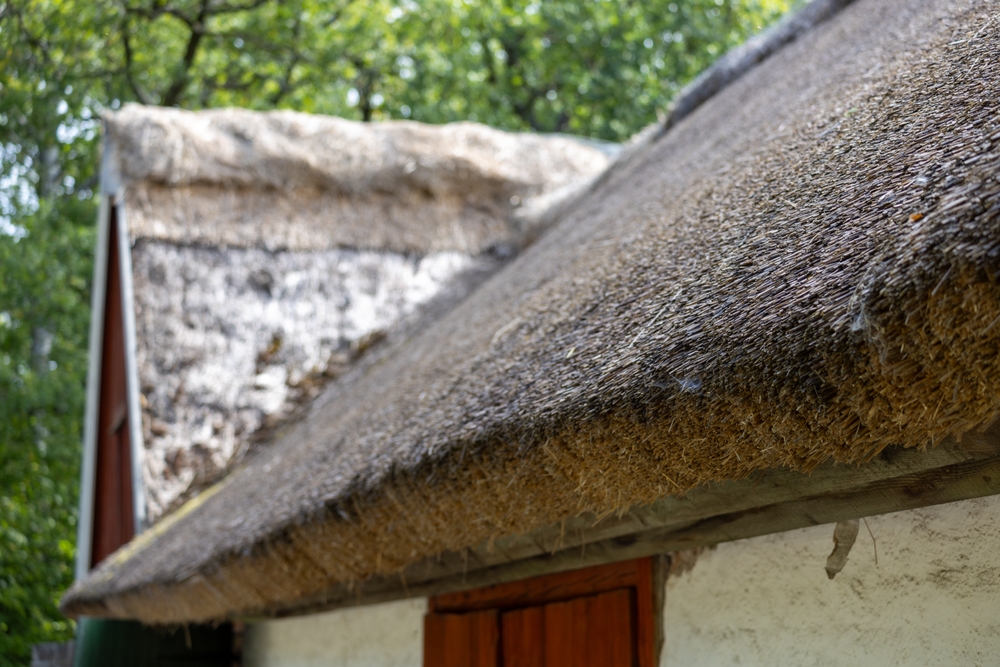
Thatching, one of the oldest roofing techniques, involves weaving plant materials like straw or reeds into a roof structure. This craft, which dates back thousands of years, was common across Europe, especially in the British Isles, where it became a hallmark of rural architecture. They are highly sustainable, offering excellent insulation and durability. However, industrial materials like slate and tile have gradually replaced thatching, and fewer people are learning the skill. The craft is labor-intensive, and finding high-quality materials is also a challenge. In some rural areas, efforts are being made to preserve this environmentally friendly roofing technique. Modern builders interested in sustainable architecture are rediscovering its benefits, which could lead to a revival of thatching in eco-conscious communities.
Pyrography

Pyrography, or woodburning, has ancient roots dating back to the Egyptians and other early civilizations. This craft involves burning designs into wood or other materials, creating detailed and often intricate artwork. In modern times, pyrography tools have become more advanced, allowing artisans to create complex patterns and shading effects. While once a popular form of decoration on household items, it has been overshadowed by cheaper, mass-produced goods. It requires both creativity and technical skill, which fewer artisans are developing today.
This article originally appeared on Rarest.org.
More from Rarest.org
13 Forgotten Architectural Marvels Around the World

Discovering forgotten architectural marvels offers a glimpse into the ingenuity and creativity of ancient civilizations. These hidden gems, scattered across the globe, showcase breathtaking design and historical significance. Read More.
15 Famous Battlefields to Add to Your Travel List

Exploring historic battlefields offers a unique glimpse into the past. These sites preserve the stories of pivotal conflicts and honor those who fought. Read More.
12 Hidden Historical Sites in Major Cities

Discovering the hidden historical sites in major cities offers a unique glimpse into the past. These locations are often overlooked by tourists but hold significant cultural and historical value. Read More.
